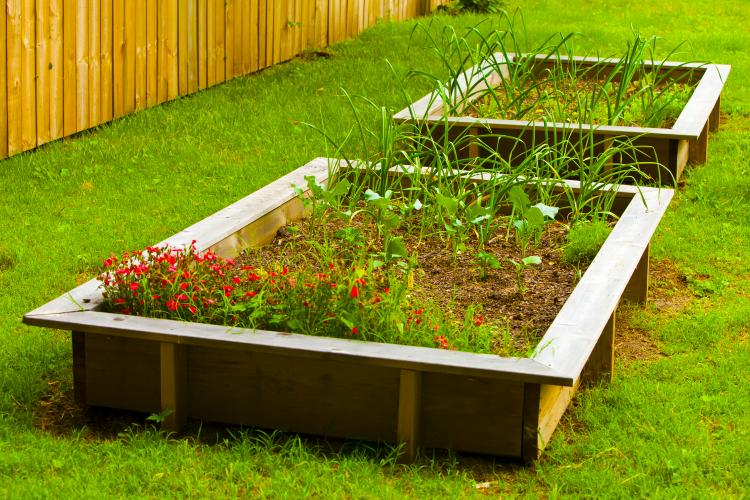5 Tips for Successful Gardening in Small Spaces
Vegetable gardening has never been so popular, whether it’s for economic reasons or because of awareness of the local slow food movements. For those without any extra land to spare, gardening in small spaces, or space-efficient gardening, has become a necessity. It goes by a variety of names (raised-bed gardening, intensive gardening, square foot gardening, block style gardening, close-row gardening, wide-row gardening, and vertical gardening); but whatever the name, the trick is to eliminate unnecessary walkways by planting vegetables in rectangular-shaped beds or blocks instead of long single rows. For five tips to get started with efficiently gardening in small spaces, watch the slideshow below.




